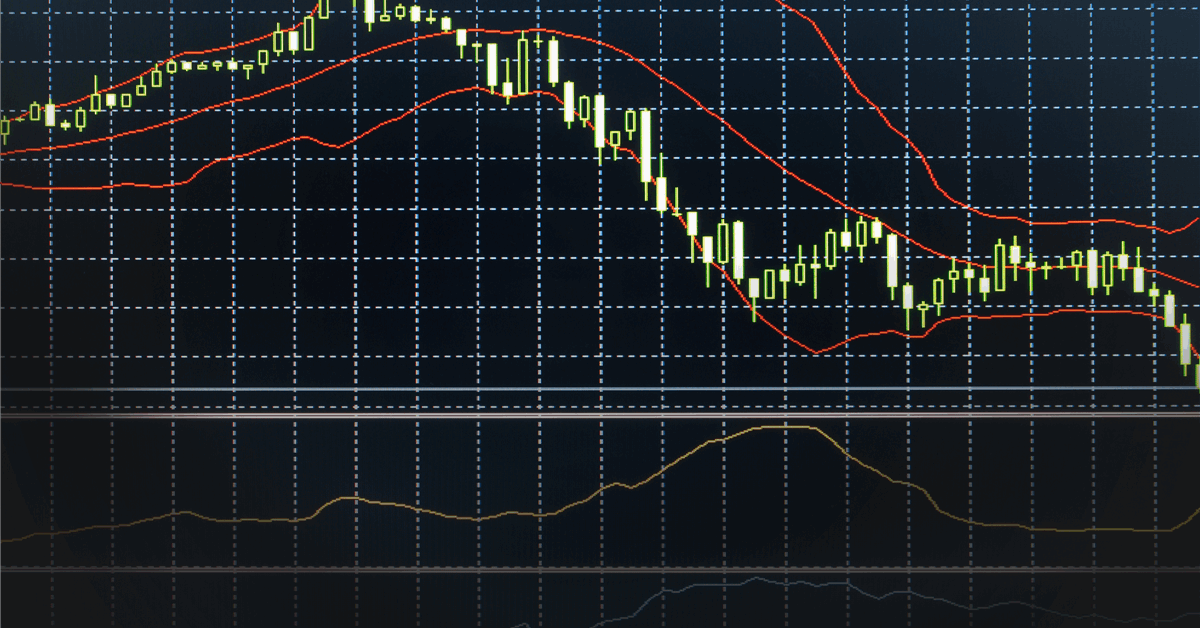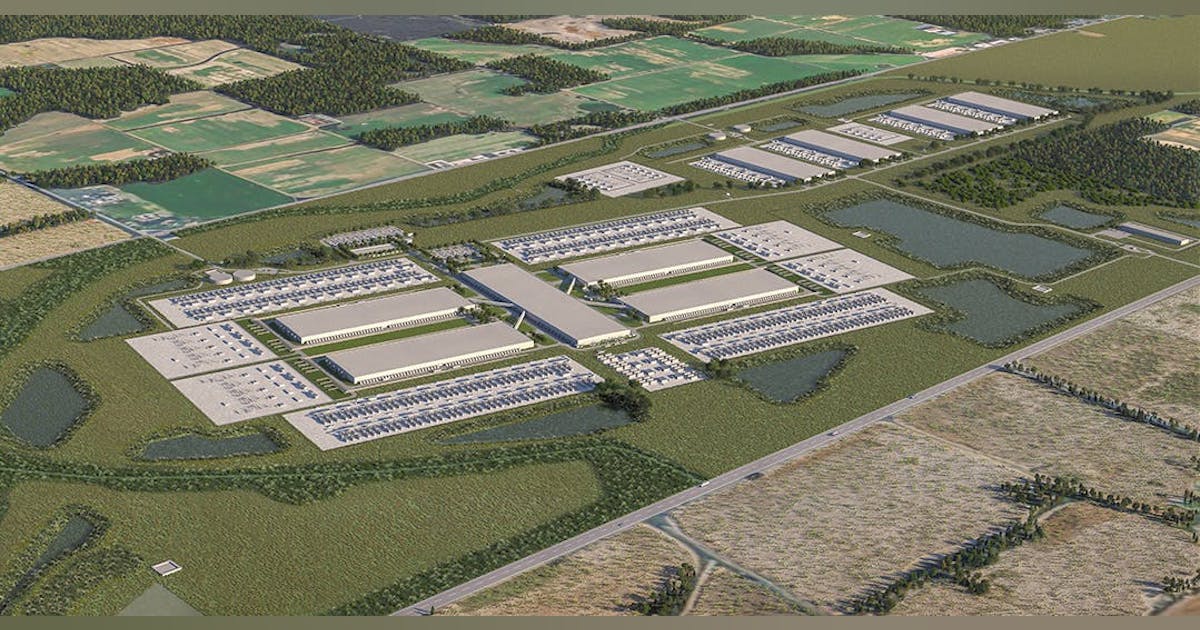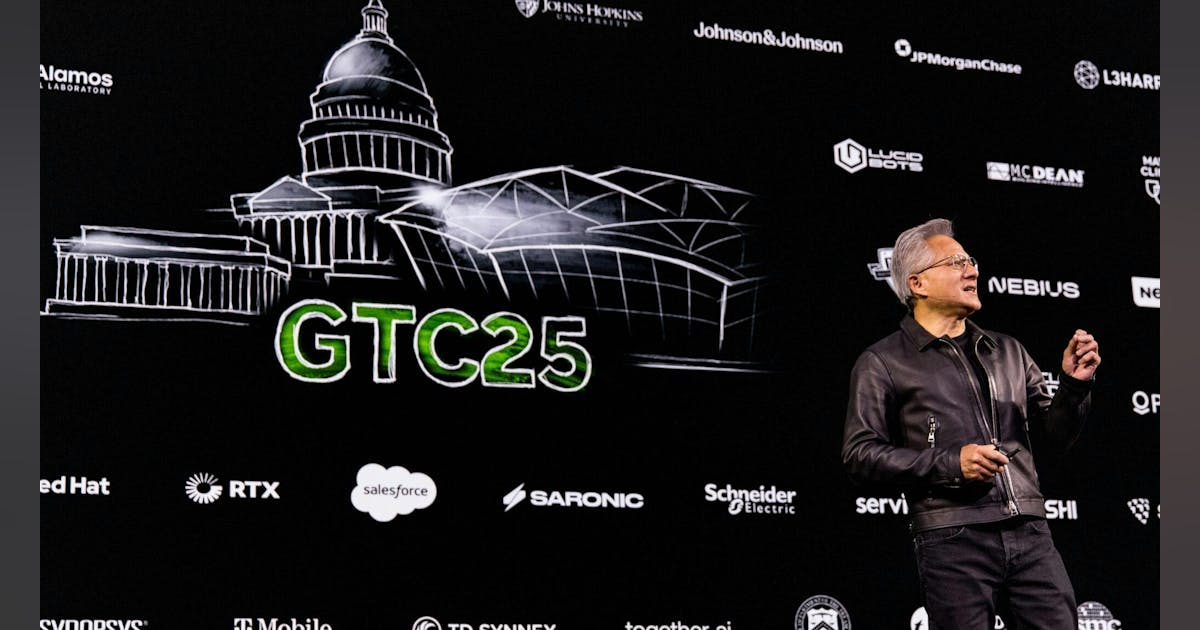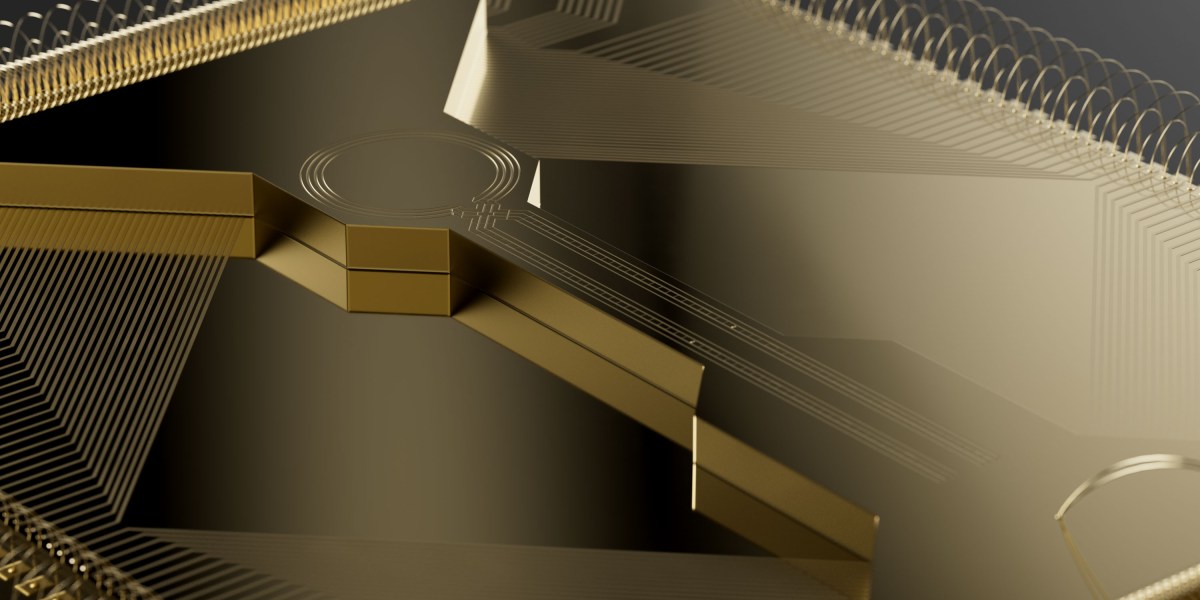
“I think a lot of these designs will materialize as the standards for Ethernet are getting stronger and stronger. We now have a UEC [Ultra Ethernet Consortium] spec. You heard me talk about the Scale-Up Ethernet spec for ESUN where we can bring different work streams onto the same Ethernet headers, transport headers, data link layer, et cetera. So I think a lot of this will be underway in 2026 and really emerge in 2027 as Scale-Up Ethernet becomes a more important part of that,” Ullal said.
“Arista’s Ethernet portfolio is entirely UEC capable, compatible, and we will continue to add more and more compliance, packet trimming, packet spring, dynamic load balancing. These are all important features that our switches support. And we will augment that with the ESUN specification,” Ullal said.
“We’ve been an early pioneer, 4 vendors started this together, including Broadcom, Arista and a couple of our cloud titan customers. I’m pretty sure it will be 20, 25, 30 over time. And having a standards-based ESUN agreement will allow us to expand UEC into the scale-up configuration as well, leveraging UEC and IEEE specs.”
Accelerating the accelerators
When asked about the growing convergence between compute and networking and how Arista will handle that integration, Ullal noted Arista’s current development and testing of a significant number of these racks.
“I think at any given time, we have five to seven projects with different accelerator options. Obviously, Nvidia is the gold standard today, but we can see four or five accelerators emerging in the next couple of years. Aristo is being sought to bring all aspects, the cradling, the co-packaging, the power, the cooling, as well as the connection to different XPU cartridges as the network platform of choice in many of these cases. So we are involved in a lot of early designs. I think a lot of these designs will materialize,” Ullal said.






















